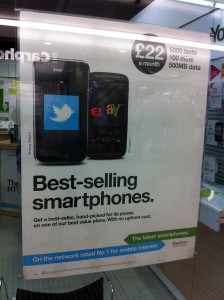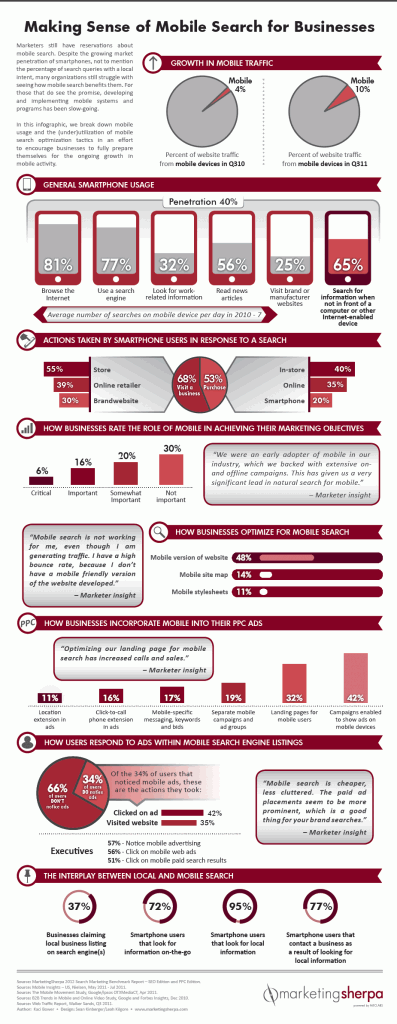 One benefit of being a MarketingSherpa reporter is I get to interview marketers from companies of all sizes and business sectors, and marketing industry experts for the case studies and how-to articles we publish in our newsletters.
One benefit of being a MarketingSherpa reporter is I get to interview marketers from companies of all sizes and business sectors, and marketing industry experts for the case studies and how-to articles we publish in our newsletters.
This means I get to hear firsthand about what is working, and sometimes not working, from your marketing peers, and gain insight into some of the many topics that surround the marketing world. And I probably don’t need to tell you, there’s a lot of exciting things to learn about.
These interviews always have a specific purpose based on a story idea, but sometimes, like most interesting conversations, they veer off into areas that can’t be used for the story, but are just too interesting or valuable to not share with all of our readers.
A few mobile predictions for the next year
For instance, I recently spoke with Andrew Martin, Vice President, Metia, a digital marketing agency with multiple international offices, for an upcoming consumer marketing article. At one point, we took a little detour into what is going on in the mobile space and what marketers should be thinking about over the next year.
“I think mobile is obviously moving at a critical pace,” says Martin. “And it can often be daunting to try and keep up.”
He mentions one issue in the simple sheer number of mobile applications out there.
“I think the Apple App Store has over 400,000 applications. That makes it more and more difficult to differentiate yourself,” Martin explains.
And it’s not just applications.
Martin says, “A number of years ago, Nokia became the biggest camera manufacturer in the world, and that was an indication of where mobile would be going.”
He says this spread of cameras on phones served as one indication of how mobile devices are changing how people interact with everyday items, creating new marketing opportunities, and how “that convenience is a huge opportunity for brands and people.”
Martin adds that marketers should pay attention to technological changes with mobile, such as HTML5 and the attempt to get more consistency across different browsers and devices. He says many of his clients are interested in how these new mobile technologies can help them and are closely watching how Apple handles this push for more technology standardization.
Read more…











